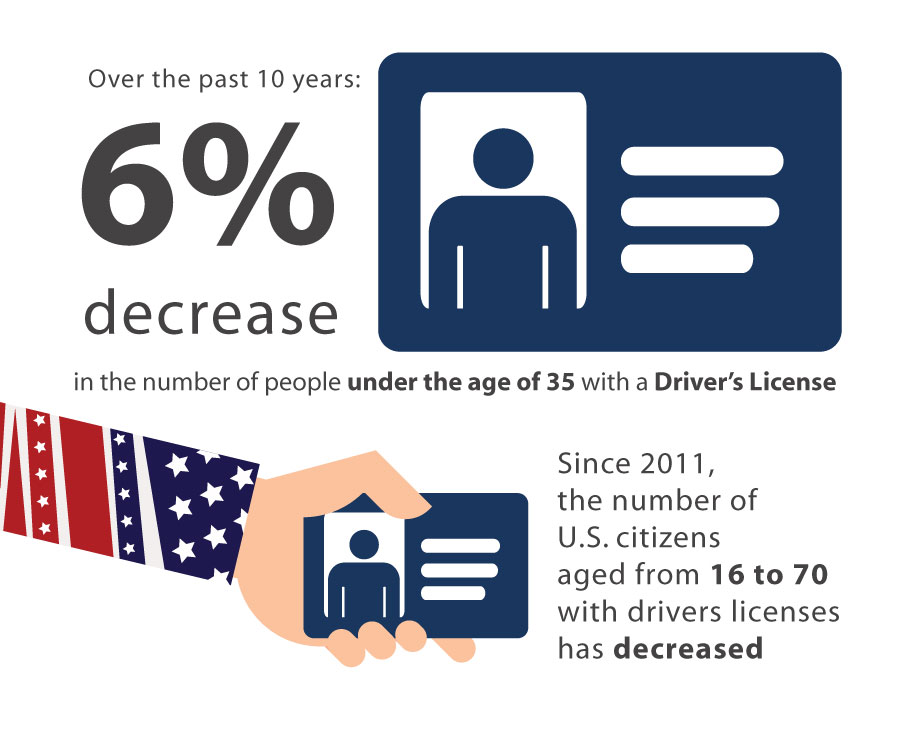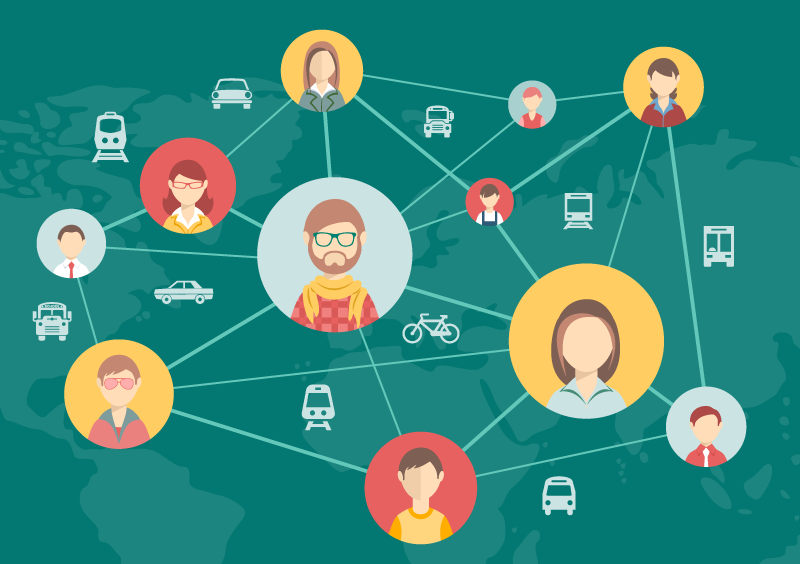In our previous posts, we discussed the milestone goal of collaboration between public agencies and private companies to build out customized mobility solutions that would better cater to the needs of the general public. We also stated this milestone was a stepping stone to the end goal of achieving zero personal car ownership and mobility for all.
So, where are we at today? And how far off in the future will we see these solutions become reality? Technology-dominated mobility is definitely coming. We could in fact, see a huge uptake in automated mobility services within five years. Signalling this to be a solid prediction is the fact that Lyft is anticipating that by 2020, 50% of their calls will be for ride-sharing rather than single occupant rides. So, how far away from zero car ownership and majority usage of multi-modal transportation systems are we?
Technology is now forcing us to rethink how future transportation services might need to be delivered. Another factor is changing consumer habits; we are now operating in a sharing economy where services are shared by way of the internet between individuals or groups of individuals. Now, more than ever, consumer demand determines the delivery of services.

Add to this the fact that people are starting to say no to the personal car (in the last ten years, the number of people under 35 with a driver’s license has decreased by 6 percent and since 2011, the number of U.S. citizens aged from 16 to 70 with drivers licenses has decreased. ).

Personal cars are also very expensive to own and operate. They are utilized 4-5% and account for 29% of transportation trips on average, but account for 85% of our mobility expenditure and on average 17% of our household income.
These drivers are causing demand for the personal car to decrease, however, conversely demand for mobility is definitely increasing. The result of these changes is the transitioning away from transportation and mobility silos to Mobility as a service (MaaS), where users make use of a combination of public/private and shared transportation modes — in this model mobility will be consumed as a service and it could become our reality by 2025.

This MaaS model revolves around integration at its core. The needs of the individual are at the center of the solution, so rather than purchasing transport fares from a number of separate providers, users would purchase their mobility services from a single source, regardless of the chosen means of travel or of the various service providers involved in making a particular trip possible. One person, taking a combination of public and private services that are seamlessly linked together to enable a smooth, comfortable and effective trip would pay one seamless fare through one seamless application.

End users would have the ability to easily compare and contrast the information and fare rates from public transport services with those offered by alternative ride-sharing options. It would mean increased flexibility and improved travel experience. It would mean mobility services would be providing all the benefits of personal car ownership without any of the hassles. It would mean the choice of deciding over owning a personal car or forgoing ownership for easier access instead would be an easy one to make. It would mean the reality of zero personal car ownership could be upon us.

